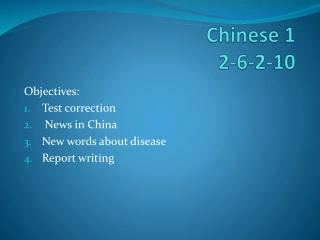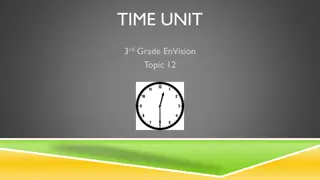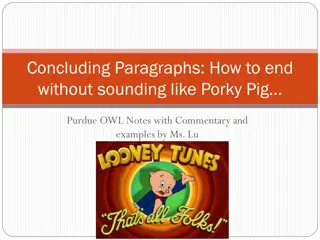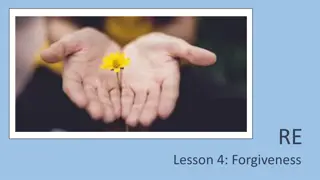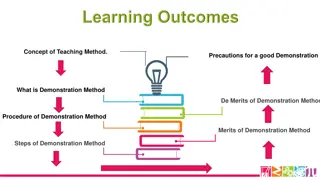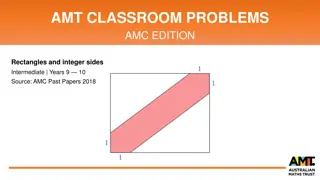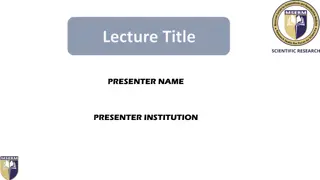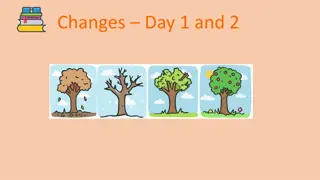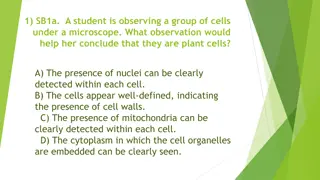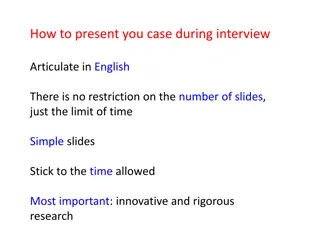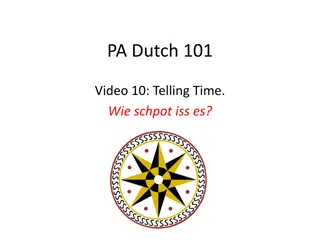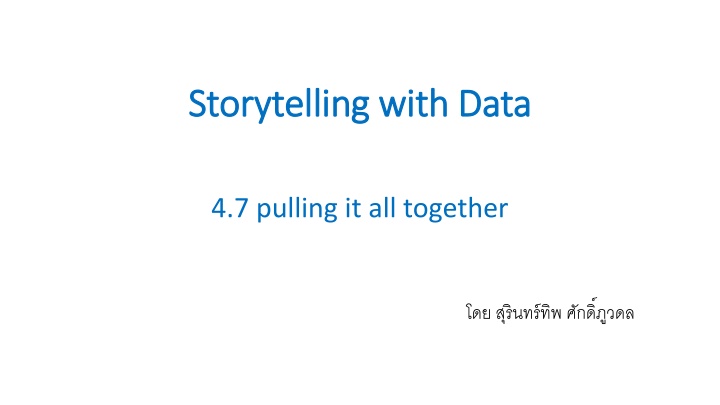
Crafting Engaging Data Stories: 6 Steps to Effective Visualization
Learn how to master the art of data storytelling with these 6 essential steps: understanding context, choosing the right display, decluttering visuals, directing attention, thinking like a designer, and weaving a compelling narrative. Each step is crucial in creating impactful data visuals that resonate with your audience.
Download Presentation

Please find below an Image/Link to download the presentation.
The content on the website is provided AS IS for your information and personal use only. It may not be sold, licensed, or shared on other websites without obtaining consent from the author. If you encounter any issues during the download, it is possible that the publisher has removed the file from their server.
You are allowed to download the files provided on this website for personal or commercial use, subject to the condition that they are used lawfully. All files are the property of their respective owners.
The content on the website is provided AS IS for your information and personal use only. It may not be sold, licensed, or shared on other websites without obtaining consent from the author.
E N D
Presentation Transcript
Storytelling with Data Storytelling with Data 4.7 pulling it all together
6 Step of story telling with data 1. Understand the context (Chapter 4.1) 2. Choose an appropriate display (Chapter4.2) 3. Eliminate clutter (Chapter 4.3) 4. Draw attention where you want it (Chapter 4.4) 5. Think like a designer (Chapter 4.5) 6. Tell a story (Chapter 4.7)
1. Understand the context If we pause to consider specifically the who, what, and how, let s assume following: Who: VP of Product, the primary decision maker in establishing our product s price. What: Understand how competitors pricing has changed over time and recommend a price range. How: Show average retail price over time for Products A, B, C, D, and E
4: draw attention where you want your audience to focus
6: Before and after graph using data story telling concept The lessons we ve learned and employed help us move from simply showing data to storytelling with data storytelling with data storytelling with data

